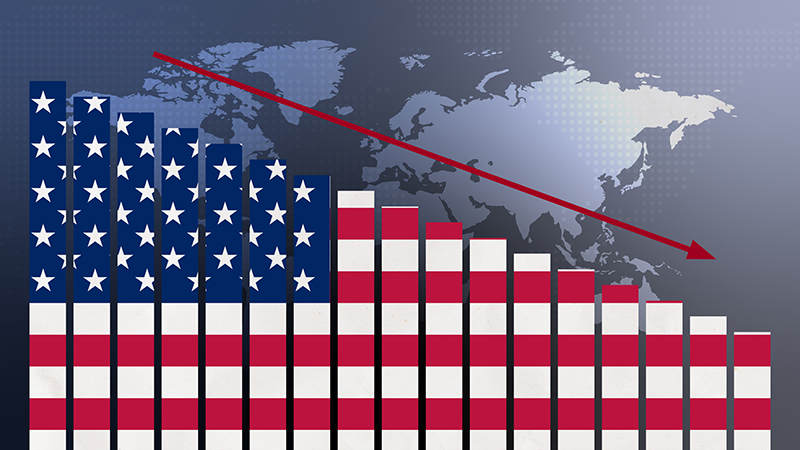However, with its fiscal cliff looming, the dark cloud of the eurozone likely to linger, the UK stagflating, and even China having to curb a growth slowdown, the portents may not yet be good enough for the risk-on trade to endure.
Concerns about banks’ solvency and sovereign default-risk rippling out to the real economy should continue to drag on confidence, leaving G7 economies still too vulnerable to be taken fully off their policy steroids. Food prices need watching too. So, expect 2013 to mark the sixth year running of ultra loose macro policy conditions.
Which means, unless things pick up quickly (unlikely), the main macro forces keeping safe-haven government bond yields relatively low should stay in place.
Stuck in second gear
First, major economies are stuck in second gear. In the G7 only the US, Germany and Canada have recouped their output lost during the global crisis, though eurozone default risk now questions how far this polarisation can go.
Second, central banks keep quantitative easing (QE) running. While the threat of the US fiscal cliff keeps all the Fed’s easing options on the table, we estimate the BoE would have to do at least another £450bn of QE (to a cumulative £825bn) just to ease policy to the extremes of 2009 and 2011. The ECB will capitulate on QE, but first needs to smell deflation by which time it will need to do even more.
Third, the worst for the eurozone is not yet over. Spain is potentially the biggest accident waiting to happen. Yet, under current conditions, dealing with Spain and Italy too would stretch the financing limits beyond breaking point, suggesting further debt restructurings may yet be inevitable.
Helpfully, ECB president Mario Draghi has taken a step closer by pledging to crank up the ECB’s bond purchases again should countries seek formal bail-outs that pre-condition them to credible fiscal programmes. However, its focus will be restricted to short maturities, reinforcing the ECB’s intent to put monetary policy (steep yield curves) ahead of fiscal policy (longer-term debt financing).
Political risk
One difference is political risk, something largely absent at the start of the euro crisis, will now be at its heart at least to Merkel’s election in September 2013, and in the Netherlands (September 2012), Italy (April/May 2013) and others. En route, the US (November 2012), Japan (by August 2013), Australia and China all have elections and/or leadership changes coming.
Monetary union without political union offers more unsynchronised, short and often interrupted electoral cycles that mean the politicians promising reform today may not be around later to implement it. No matter how effective the ESM.
Up-front fiscal correction is becoming as much a problem as the solution, as austerity saps the growth needed to raise competitiveness, and ease the legacy of the global crisis – sharply deteriorating sovereign debt ratios. What’s worrying is that, netting out ownership, government debt/GDP for the US, eurozone and UK will in 2013 be roughly twice Japan’s was when it limped into its lost decade in the mid 1990s.
So another difference, this time to the good, could soon be that euro members’ fiscal pledges are increasingly allowed to be back-end loaded to give growth a chance. If credible, we suspect that credit ratings would not be tarnished.
Meantime, central banks seem hell-bent on doing more QE, even though it’s been only partly successful. As we know from Japan, the main benefit is to keep bond yields down. In which case, with growth in short supply, governments may as well relax fiscally, using the QE to cap the rise in yields. Otherwise, it may not be until after the next Olympics that we see growth racing again!











